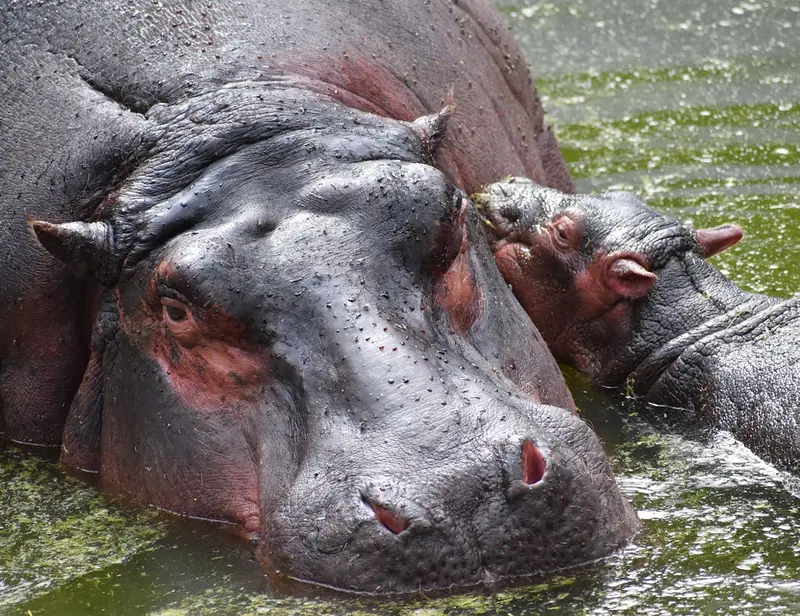A team of researchers from the Royal Veterinary College at the University of London has conducted an in-depth study on the running behavior of hippos, and the findings have left scientists astonished. It turns out that this hefty, wingless creature can sometimes lift all four legs off the ground, completely airborne. Unfortunately, this phenomenon is unlikely to be observed by the naked eye. Hippos, or hippopotamuses (Hippopotamus amphibius), are among the largest land animals, often weighing over two tons, with adult males sometimes reaching up to four tons. Since hippos spend a significant amount of time in water, little is known about how they move on land.

However, hippos are airborne for longer than one might imagine, as reported by Science Focus. By analyzing video footage of 169 movement cycles from 32 hippos, researchers discovered that these animals can remain in the air for substantial periods—up to 15 percent of their movement cycle (a repeating pattern of steps), which translates to about 0.3 seconds. It’s worth noting that some other animals also experience brief moments of flight at high speeds, such as horses. But this trait is quite unusual for larger animals. Take elephants, for instance; they never lift all four feet off the ground at once.
The researchers also found that hippos predominantly trot, regardless of whether they are moving slowly or running. This uniformity is atypical for land animals. For example, rhinos and horses have a standard four-legged gait, and when they pick up speed, they transition to a trot or gallop.

So why didn’t scientists know about hippos’ airborne capabilities before? Gaining insights into hippos is challenging, as they are among the most dangerous animals in the world. “This is one reason why science has known so little about how hippos move prior to our research,” explained Professor John Hutchinson, an expert in evolutionary biomechanics and the lead author of the study. According to him, working with hippos is difficult because “they are usually tied to water, and they are rarely trained for study in zoos.” However, the researchers found a reasonable workaround: they utilized video recordings of hippos taken at the Flamingo Land Resort in Yorkshire.

The researchers stated that their findings have expanded scientific knowledge about the capabilities of land mammals. The conclusions from this study will also help shed light on how hippos have evolved. Practically, this information will assist veterinarians in accurately diagnosing and treating hippo injuries. “We are thrilled to present the first study entirely dedicated to understanding how hippos walk and run. We were pleasantly surprised to see how hippos lift off the ground when they move quickly. It’s truly impressive!” concluded Professor Hutchinson. The results of the study were published in the journal PeerJ.

